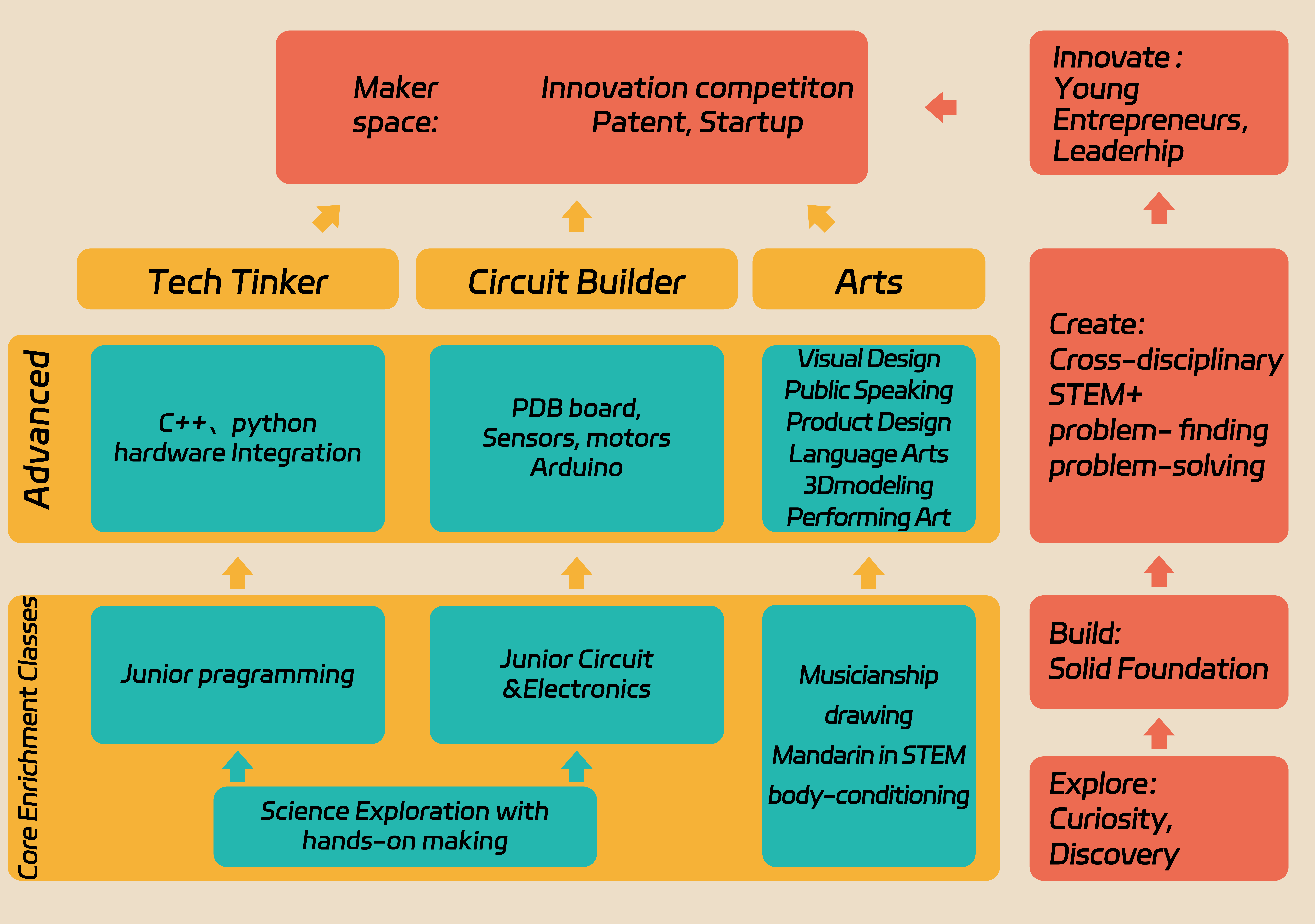Core Curriculum Overview
At BYAI, our long-term goal is to nurture future innovators and young entrepreneurs who are not only creative but also equipped with strong technical skills and leadership abilities.
We believe true innovation comes from a solid foundation in both technology and creative expression.
- STEM
- Creative Art Expression Lab
- Maker Space
STEM
Junior Maker (PreK – Grade 4)
Explore Science through Hands-On Discovery to Inspire and build Scientific Thinking
Young learners dive into nature science, physics, and sensory-based experiments to build foundational understanding of the world around them. Through guided exploration and creative making, students begin to connect science to daily life.
Key Concepts:
- Nature science (light, sound, force, weather, human bodies etc.)
- Sensory exploration, observation and hands-on projects
- Take-home projects – kids bring their own creations home to show and share!
- Art-integrated making
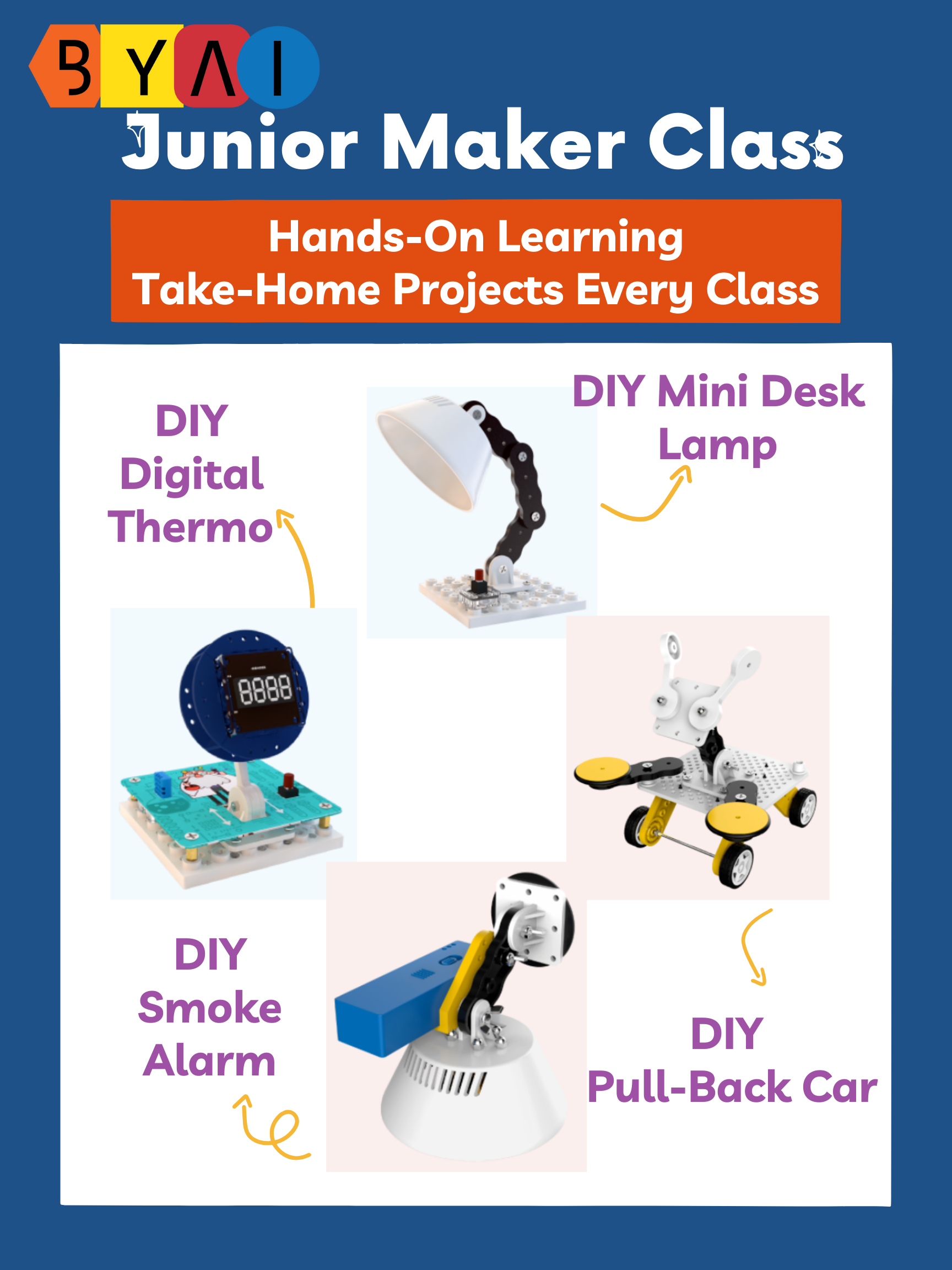
Tech Tinker (Grade K+)
Software Mind. Hardware Hand
This interdisciplinary course bridges software programming with hands-on hardware integration. Students master computational thinking and coding through platforms like Scratch Junior, Scratch, Arduino, and Micro:bit and bring software logic to life—powering sensors, motors, 3D printing and AI-driven systems.
Key Concepts:
- Block-based coding & logic building
- Integration with hardware (LEDs, sensors, motors)
- 3D modeling, printing and prototyping
- Game design, animation, and smart inventions
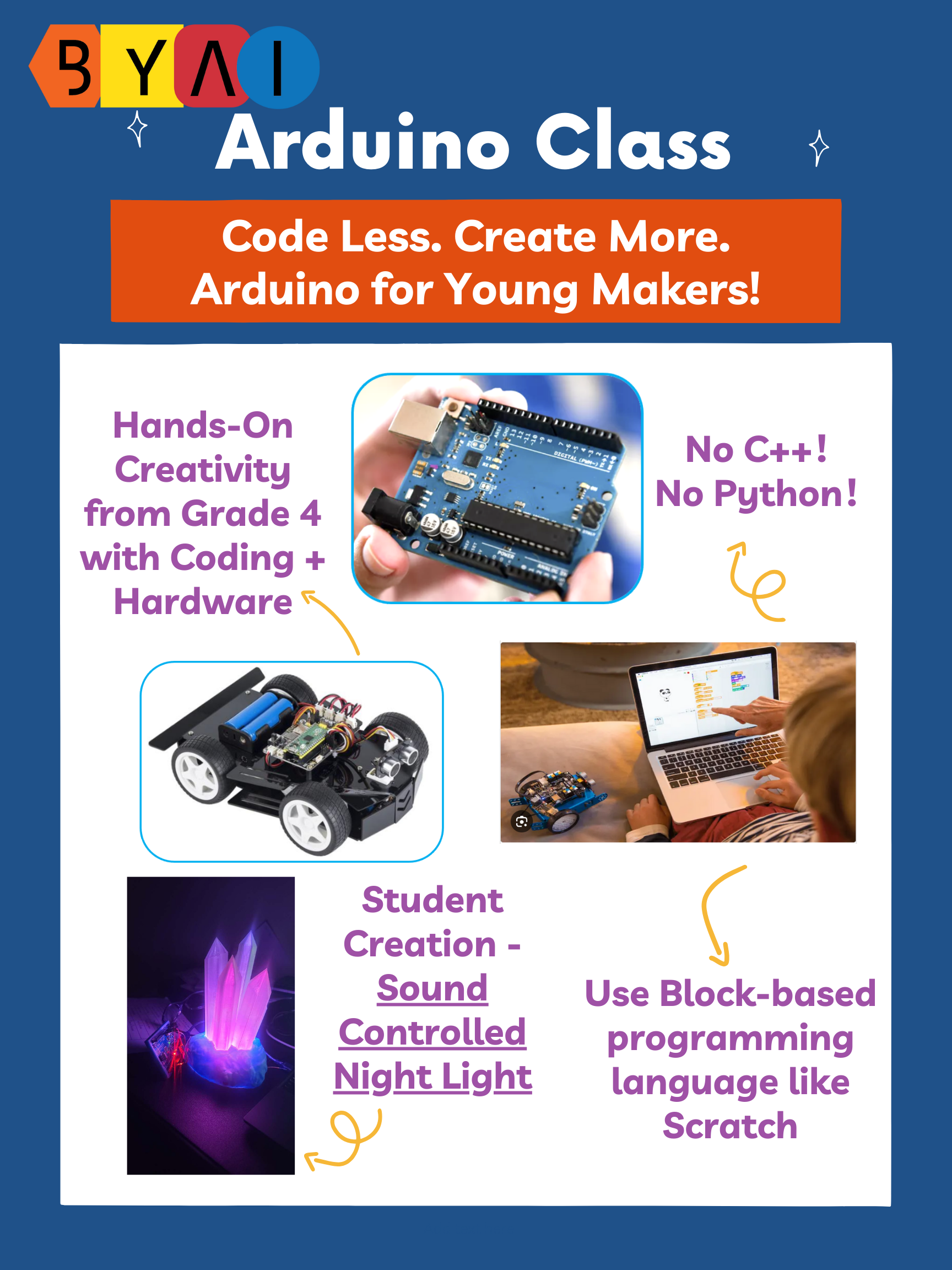
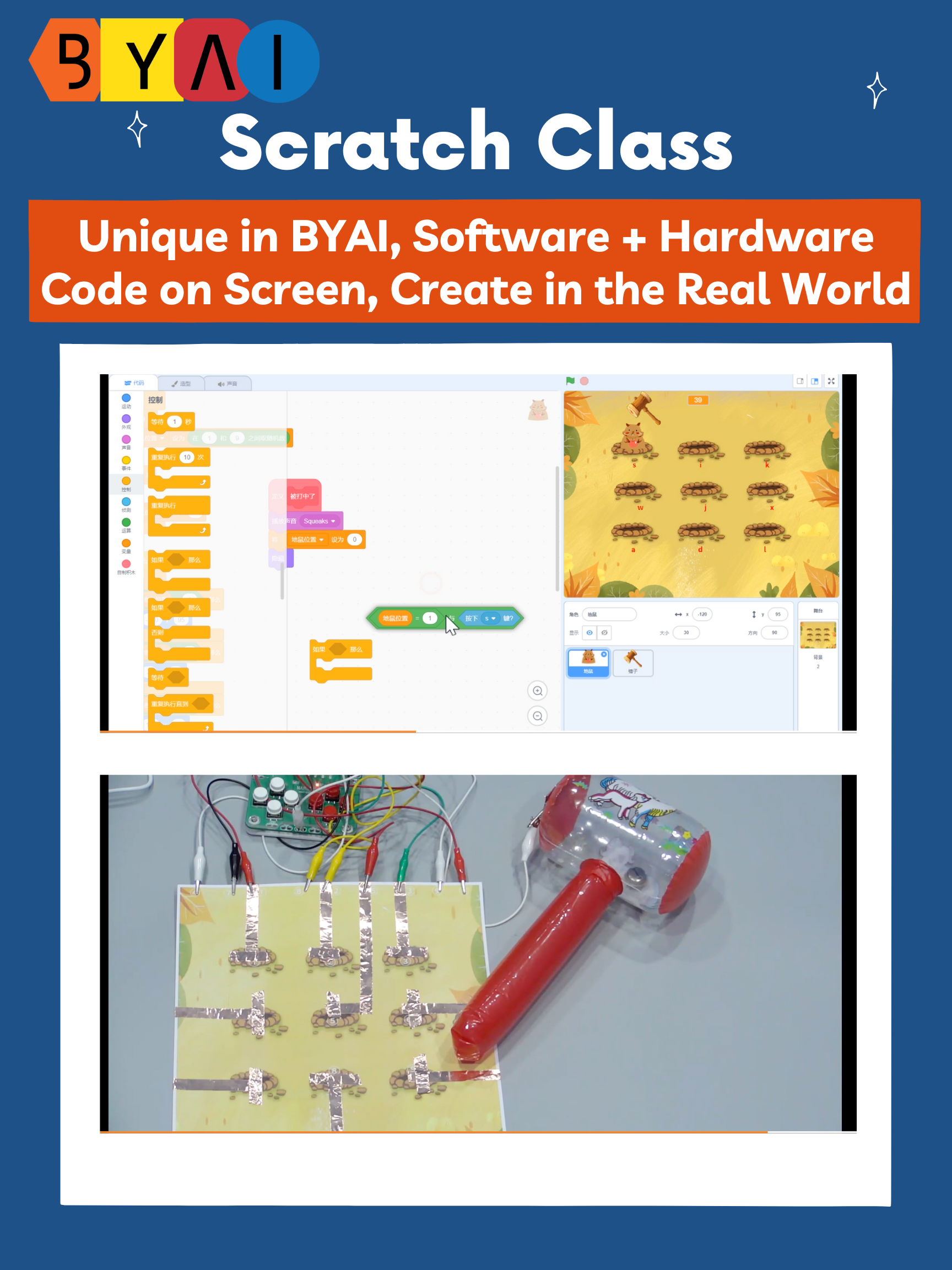
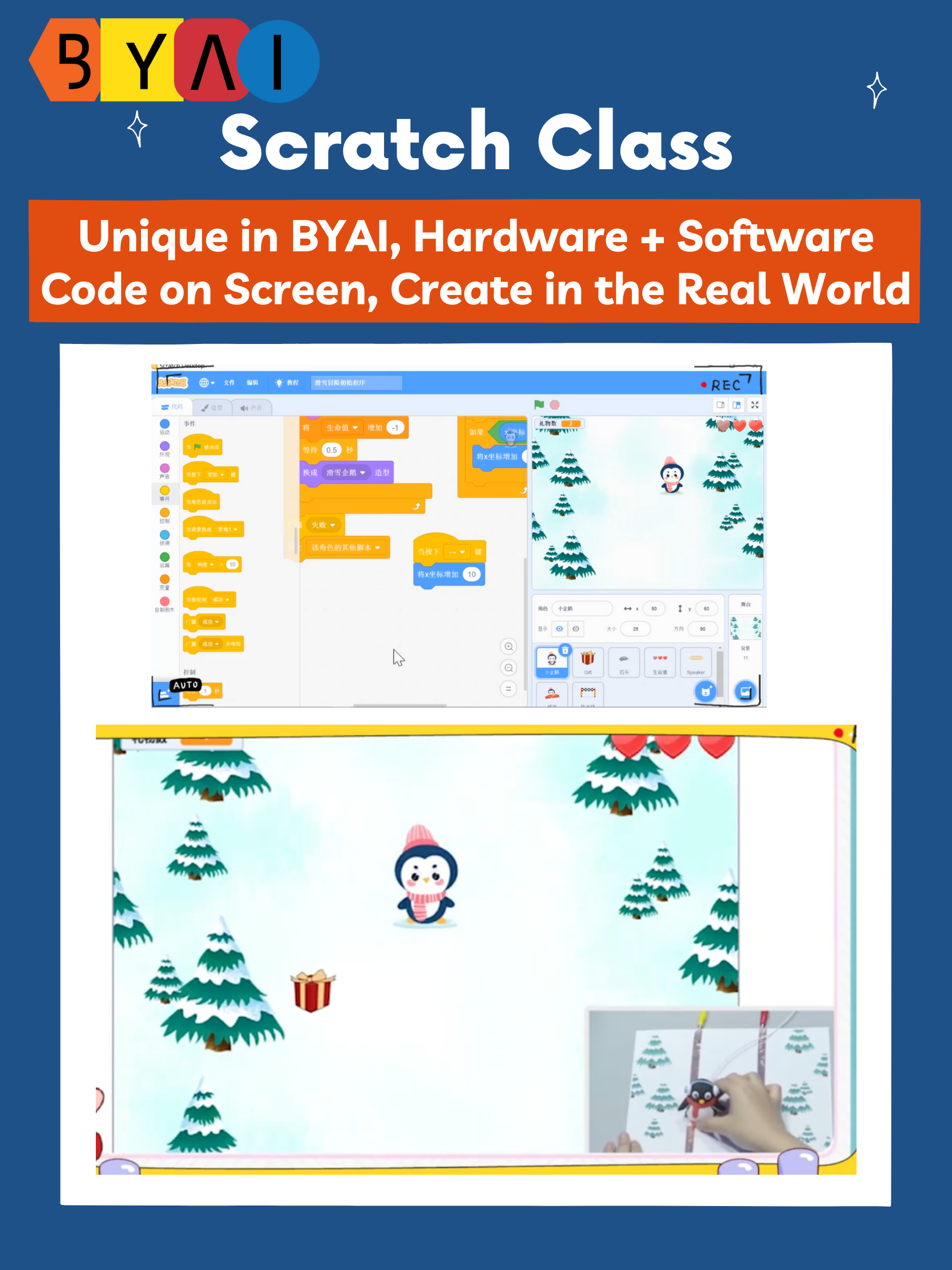
Circuit Builder (Grade 2+)
Build, Light Up, and Power the World Around You
Students are introduced to core concepts in electronics and electrical engineering using safe, fun tools and kids-friendly components. They’ll build real working models while learning how circuits and energy flow power our world.
Key Concepts:
- Electricity, circuits, conductivity, power
- Engineering thinking and analysis
- Time, frequency, magnitude
- Switches, sensors, motors
- Circuit building and debugging
- Interactive projects and prototyping
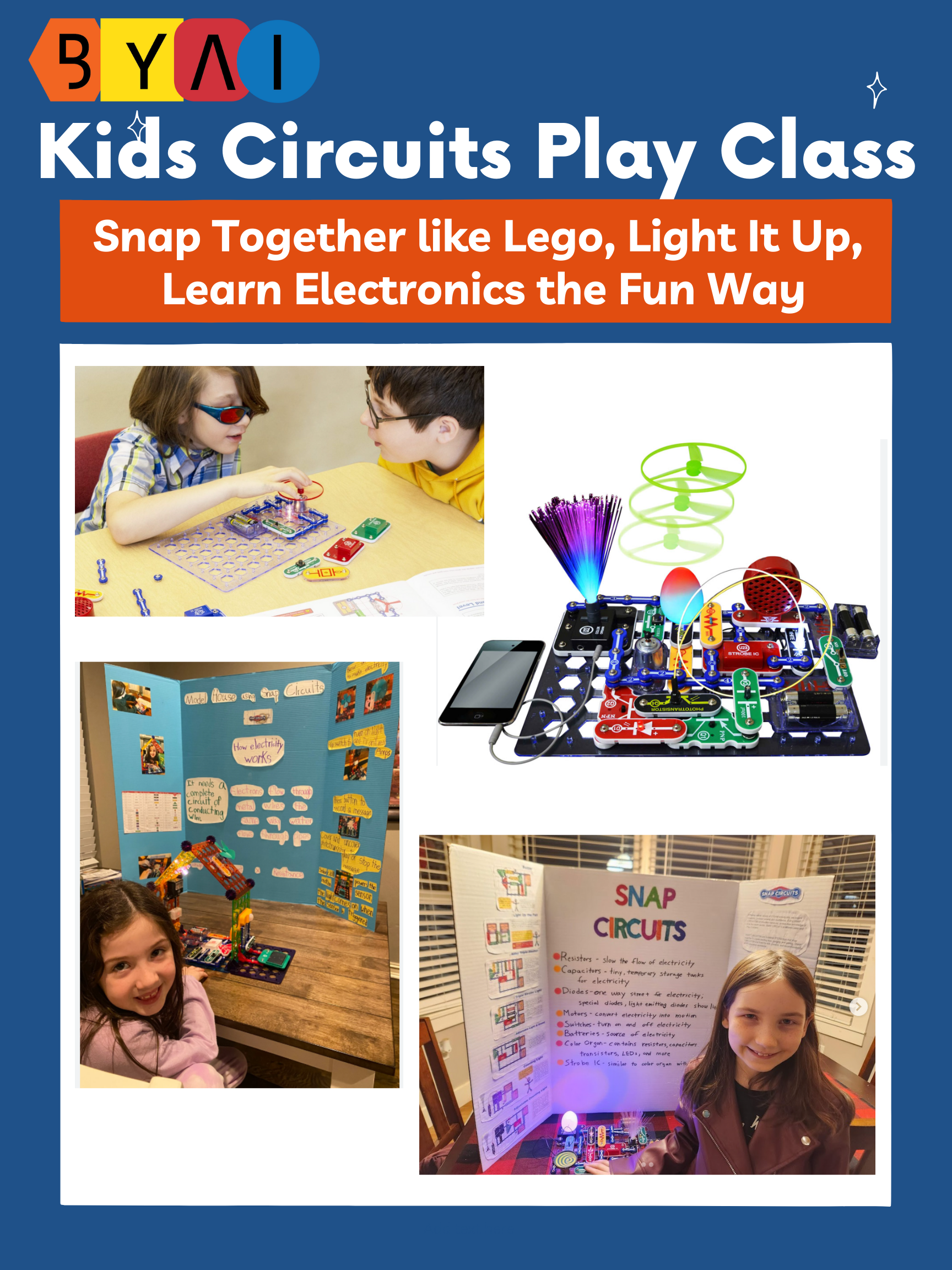
Creative Art Expression Lab
Artful Mind. Expressive Body
Our Creative Expression Lab starts as a premium after-school foundational art program, focusing on building children’s essential skills in music, visual arts, and movement. On this strong foundation, we introduce an innovative approach that blends art with STEM, allowing students to explore how technology can expand artistic possibilities.
Technology doesn’t replace art — it extends what art can become. Through hands-on projects, students discover how sound, movement, and visuals connect, nurturing not only artistic expression but also creativity, confidence, and the imagination essential for future innovators.
- Musicianship: Ear Training, Sight Reading, Rhythm Through Movement. Understanding modes, harmony, and musical structure
- Creative Art Performing: drawing, dance, or visual storytelling
- Mandarin Learning in STEM: A fun, hands-on approach to Mandarin learning — combining STEM projects with language exploration for both heritage and non-native learners
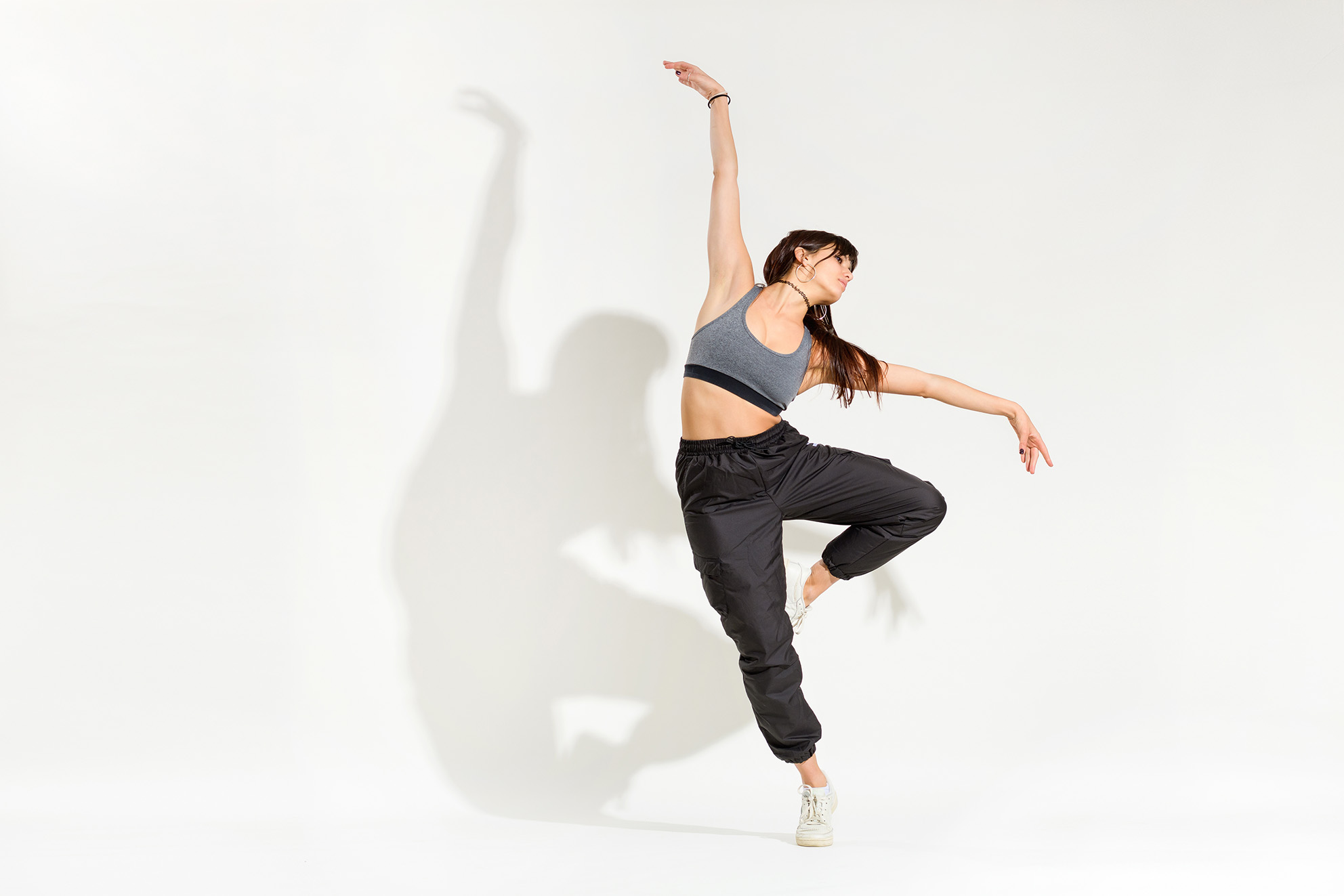
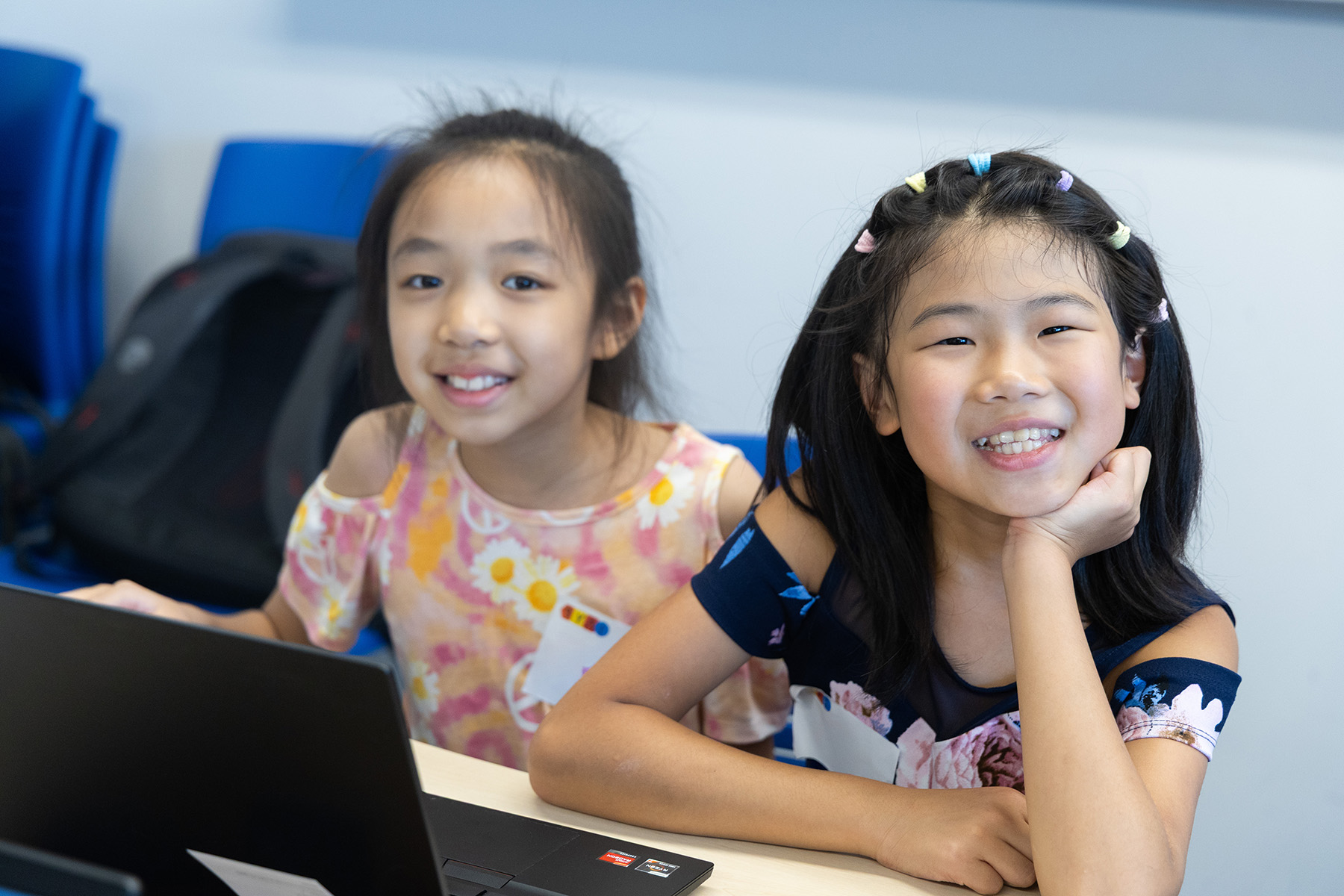

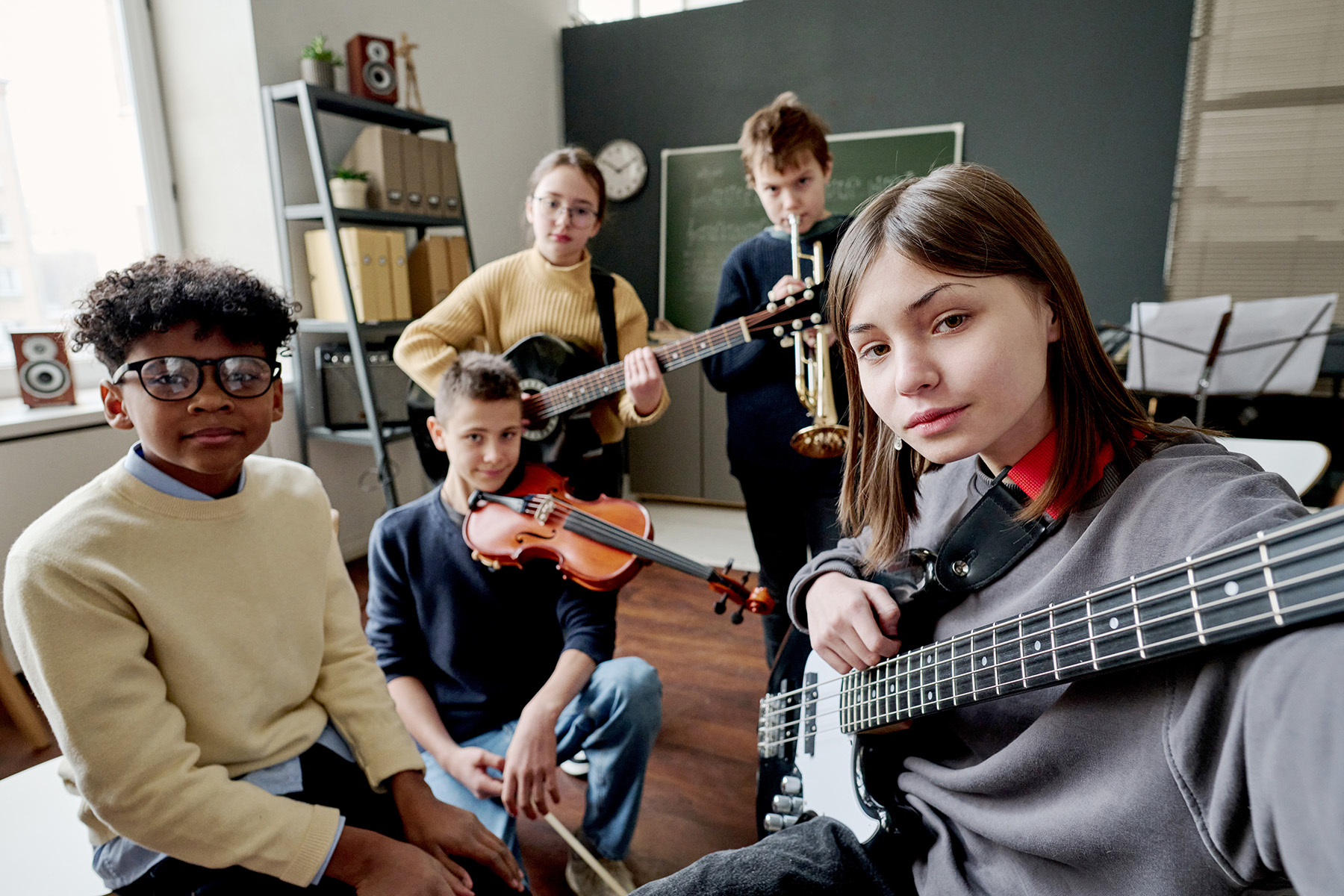
A Curriculum Example:
STEM with Dancing: Merging Movement with Code
This program empowers dancers to explore the intersection of dance and technology. Participants will learn the basics of programming and electronics to design and create their own interactive dance costumes. The program emphasizes hands-on learning, creativity, and collaboration, culminating in a final performance showcasing their tech-enhanced choreography.
This curriculum aims to inspire dancers to explore the exciting possibilities at the intersection of movement and technology, fostering a new generation of creative technologists.
- Target Audience: Dancers aged 9-13 (can be divided into two age groups) with basic coding experience.
- Program Duration: 15 sessions/semester
- Deliverables: Art/Innovation festivals, Annual Performing Show
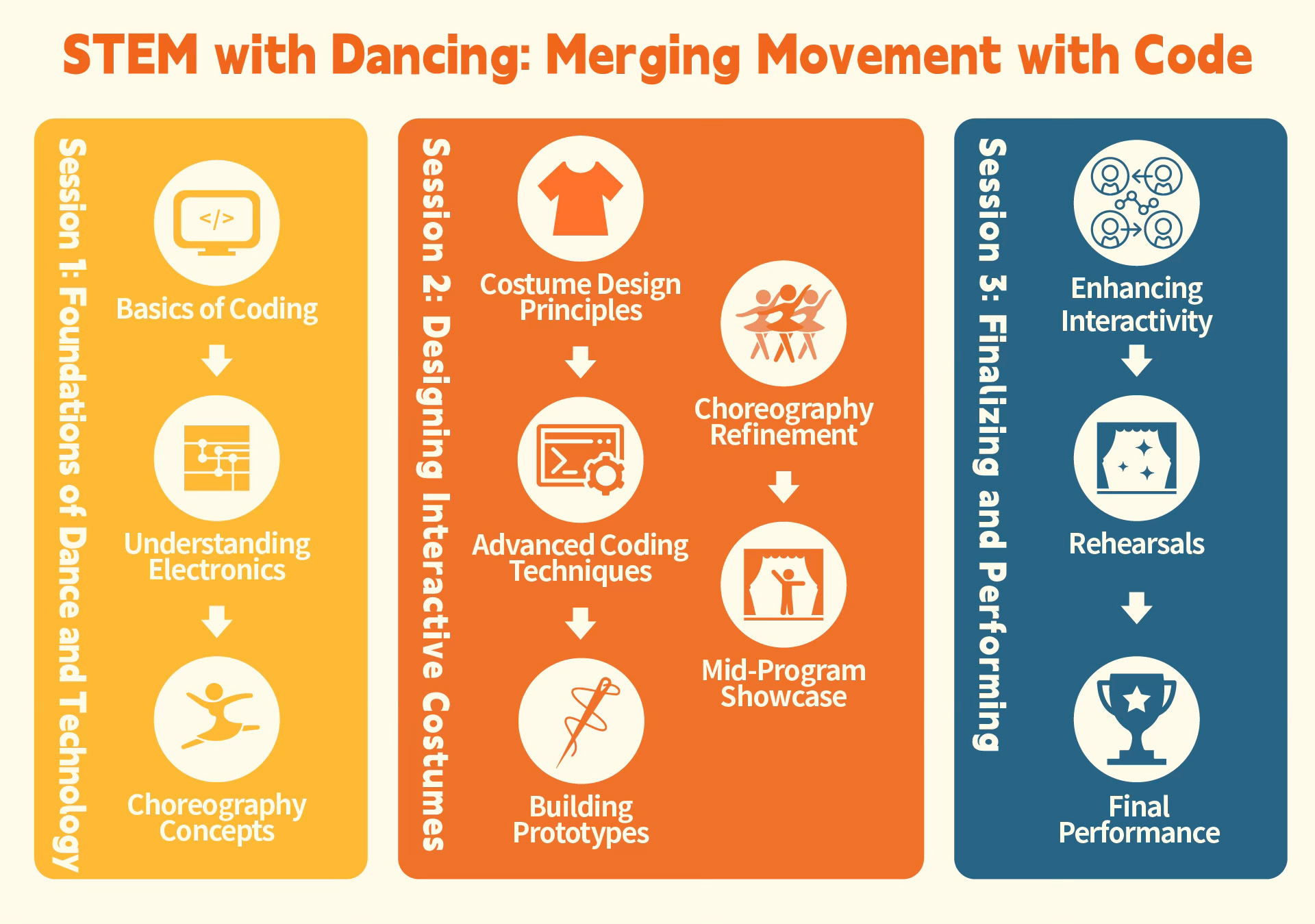
Maker Space (Qualifications apply)
Design. Build. Innovate
The Youth Maker Space is a dynamic makerspace where young minds turn bold ideas into reality. Through design thinking and hands-on creation—using tools like 3D printers, laser cutters, and recycled materials, alongside motors and sensors—students tackle open-ended invention challenges that merge creativity, engineering, and real-world impact.
Throughout the design and invention process, students receive personalized mentorship from experienced advisors, guiding them through project planning, iteration, and final presentation. We empower students to identify real-world challenges in their daily lives and communities—then explore creative solutions through hands-on prototyping and experimentation. The lab also prepares students to compete in youth invention and innovation competitions, equipping them with the skills to refine, showcase, and scale their ideas for a broader impact.
- Design thinking & invention process
- Open-ended prototyping & creative reuse
- Basic mechanics, motion & structure
- Art-integrated engineering challenges
- Independent project planning & teamwork
- Guided mentorship and competition preparation

Our Students’ Growth Pathway
At our STEM + Art Learning Center, every student follows a meaningful journey. Through our three core curriculum—Science Explorer, Circuit Builder, and Tech Tinker—students build a strong foundation in scientific thinking, engineering principles, and both software and hardware programming. Step by step, they develop the creative confidence and technical skills needed to become real-world problem solvers, designers, and innovators. This pathway prepares them to take on challenges and shine in innovation competitions and beyond.
-
1
Discover(PreK – Grade 2)
Junior Maker
Early science exploration, sensory discovery, and hands-on building
Children begin their journey with playful, project-based learning that builds curiosity, confidence, and a natural connection between science and everyday life.
-
2
Build(Grades 3 – 5)
Circuit Builder + Junior Maker (Advanced)
Foundational engineering, electronics, and hands-on systems thinking
Students begin building real working models, understanding how circuits, energy, and systems operate—all while applying creative design thinking.
-
3
Create
(Grades 6 – 8)Tech Tinker + Circuit Builder (Advanced)
Programming, hardware integration, and cross-disciplinary innovation
Kids combine code with sensors, motors, and digital tools to create interactive projects and smart inventions—bridging software and hardware in meaningful ways.
-
4
Innovate
(Qualifications apply)Youth Maker Space + Innovation competitions
Real-world problem solving, project leadership, and competition readiness
Students apply all their skills to design original solutions, lead team-based innovation, and confidently enter maker fairs, coding challenges, and STEM competitions.
